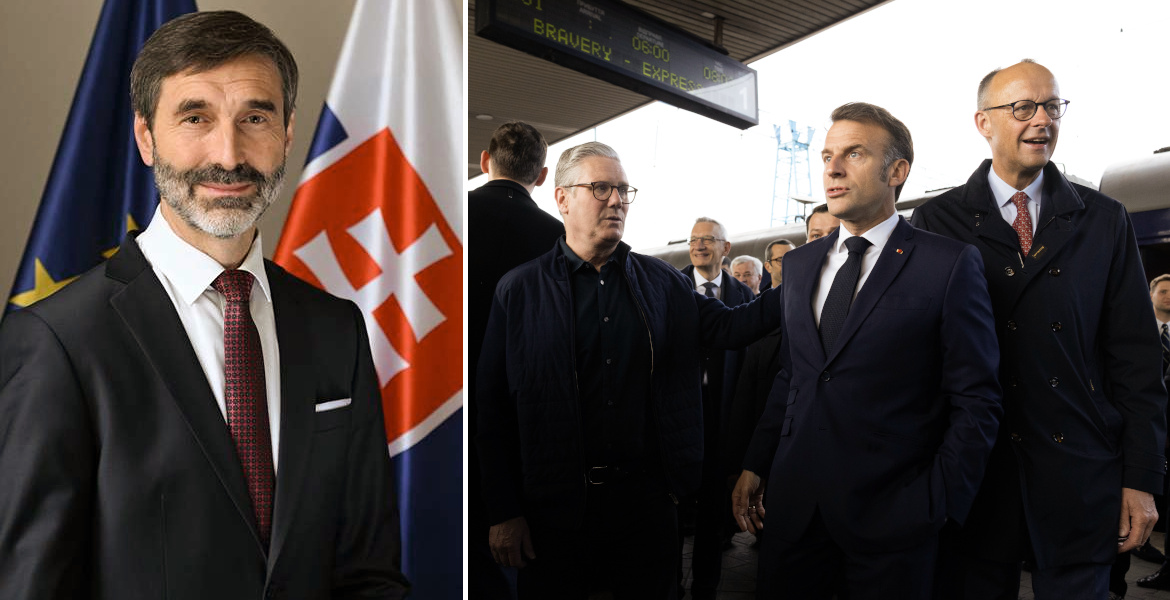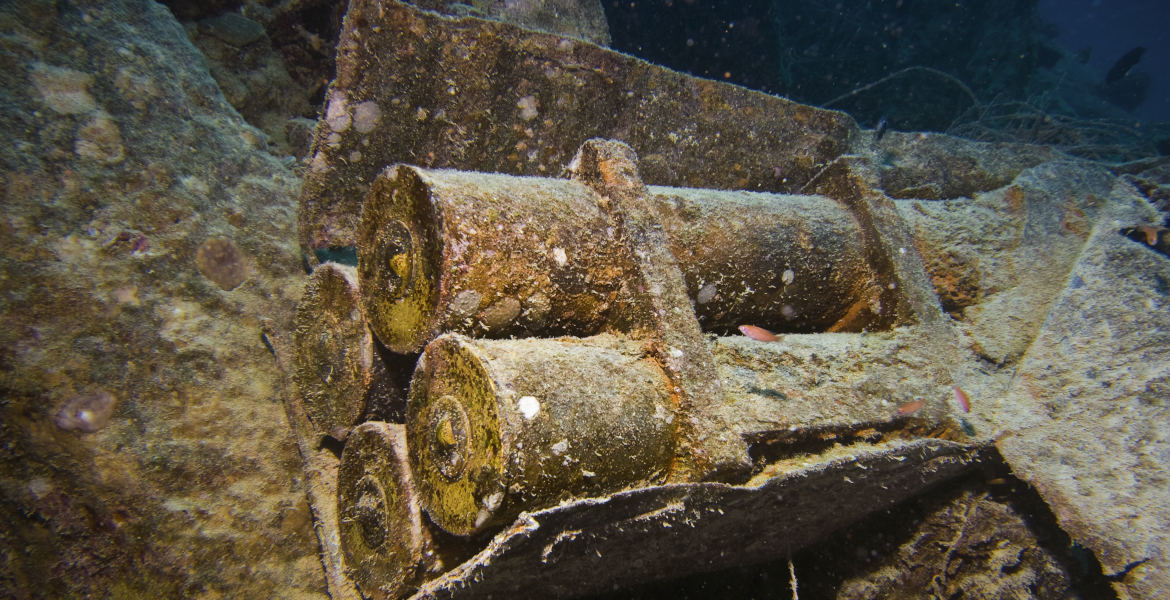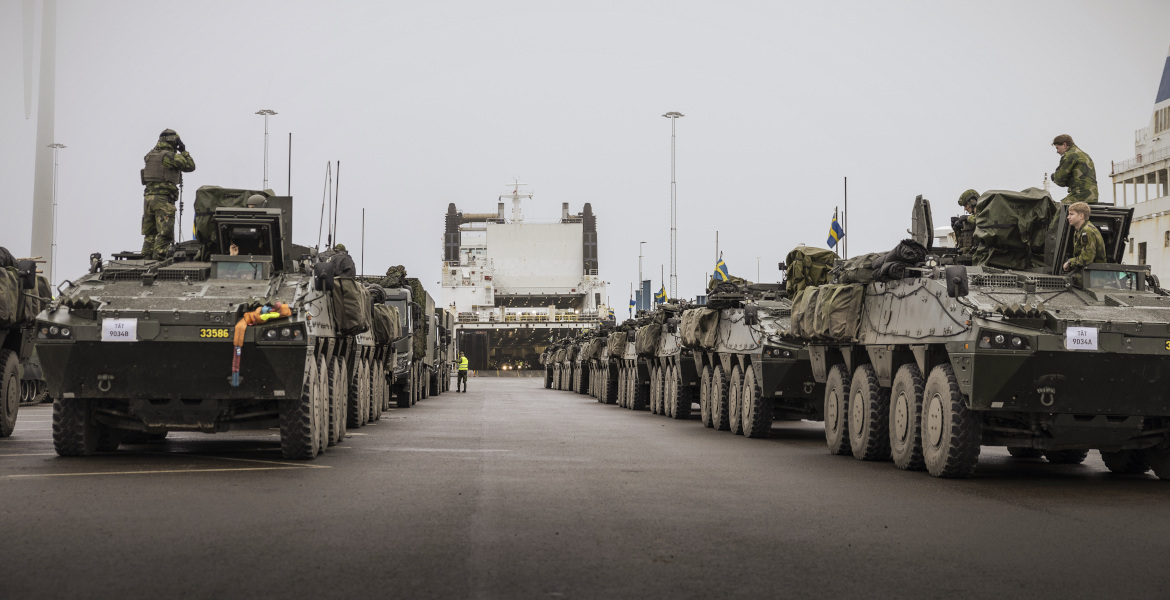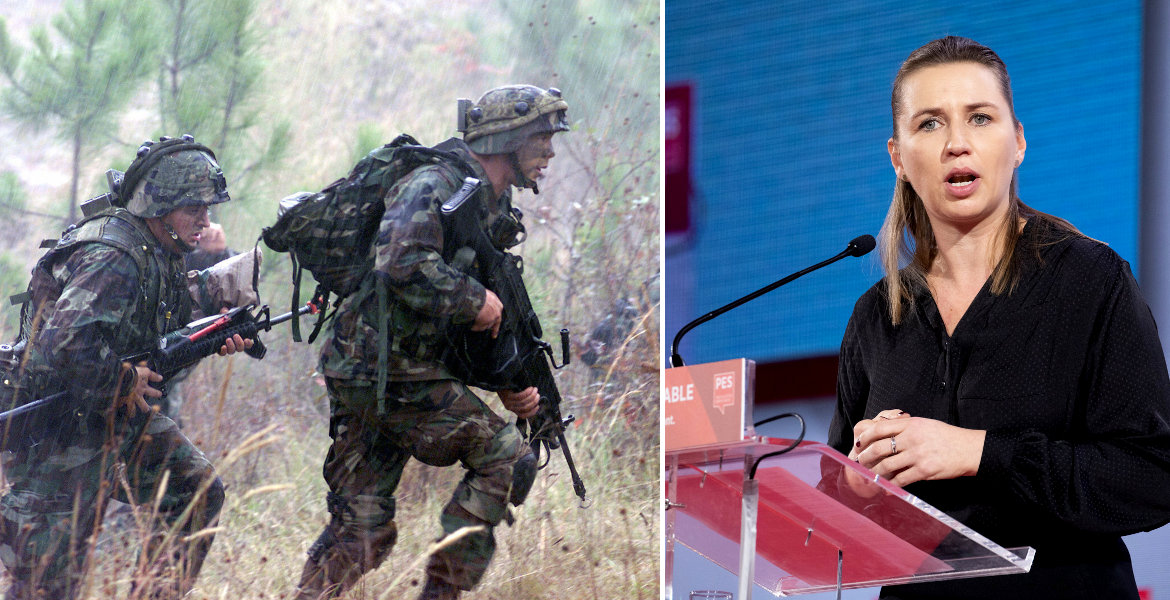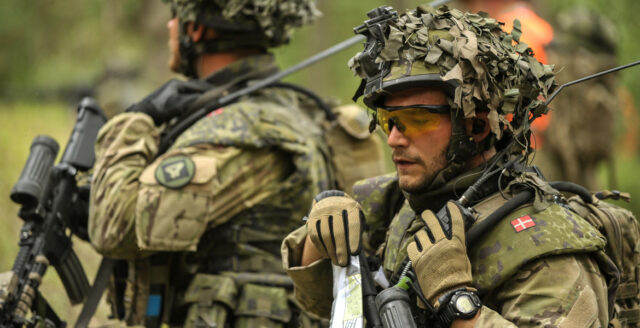Last June, under the cover of a much-publicized NATO exercise in the middle of summer, Baltic Operations 22, divers planted remotely detonated explosive devices which, three months later, were triggered on direct orders from the US, destroying three of the four Nord Stream pipelines. This according to a source who, according to Seymour Hersh, has direct insight into the operational planning of the attack.
Norway is said to have been the main partner in the operation alongside the US, which according to the new information was partly due to the highly integrated cooperation between US and Norwegian forces through NATO, as well as the fact that NATO is also led by Norway’s former prime minister Jens Stoltenberg.
The person responsible for the planning is said to be security adviser Jake Sullivan, who is said to have assembled a group of US agencies to develop a coordinated plan to carry out the attacks without being able to trace them directly to the US. Key members of the group include Secretary of State Anthony Blinken and the State Department’s Victoria Nuland.
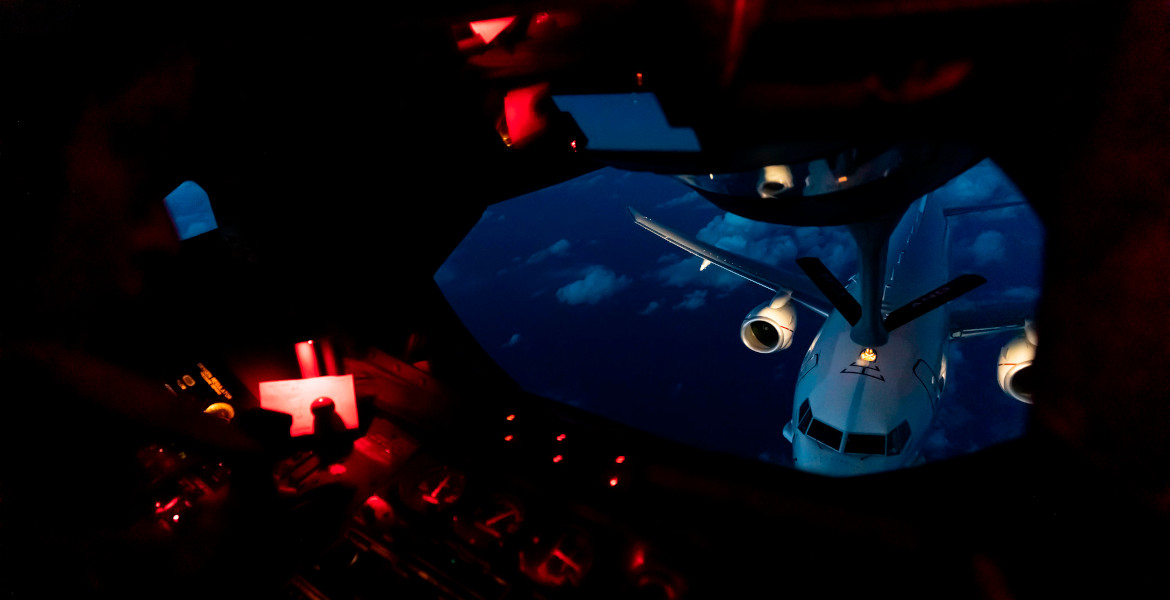
Sweden and Denmark are also said to have been informed superficially in advance that diving activity would take place in the area, but without being given any details about the purpose of the activity. This was after the Norwegian side insisted on the matter on the grounds that it considered there was a high risk that the Swedish navy in particular would be able to detect unusual activity on its own, given its previous record in underwater detection.
The motive given for the blasts is a fear on the part of Washington that European countries such as Germany might otherwise be unwilling to provide Ukraine with the money and weapons needed to defeat Russia in an expected future war in Ukraine.
Seymour Hersh is an American journalist who has worked for many years for The New Yorker magazine.
In November 1969, Hersh exposed the Hersh Son My massacre in Vietnam, which occurred in 1968, for which Hersh was later awarded the Pulitzer Prize. Hersh was also behind the revelations about the torture of Iraqi prisoners by US military personnel at Abu Ghraib prison outside Baghdad. These two reports are among Hersh's most high-profile earlier efforts.


